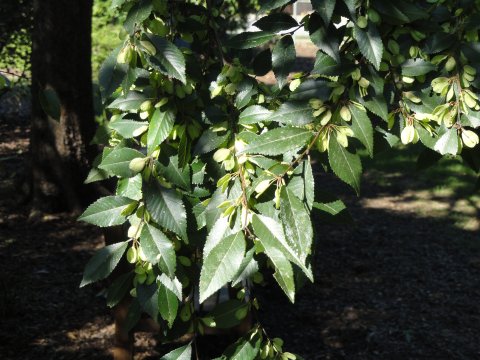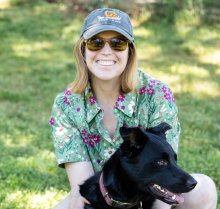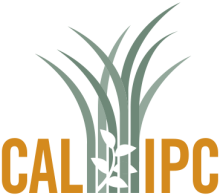Climate Matching Map
| Attachment | Size |
|---|---|
| climatematch-ulmus_parvifolia-nevada-20250219.pdf (1.12 MB) | 1.12 MB |
1. Question 1
2. Question 2
3. Question 3
4. Question 4
5. Question 5
6. Question 6
7. Question 7
8. Question 8
9. Question 9
10. Question 10
11. Question 11
12. Question 12
13. Question 13
14. Question 14
15. Question 15
Despite there being no unusual germination requirements, Ulmus parvifolia has low seed viability. There is evidence that up to 80% of seeds may not be viable (Storjohann and Whitcomb (1977) as cited in (Bonner and Karrfalt 2008)). Ulmus parvifolia seed only has a viability period of 0.5 years (Bonner & Karrfalt, 2008). This would result in a germination rate of less than 25% in the next growing season.
16. Question 16
17. Question 17
18. Question 18
19. Question 19
20. Question 20
Evaluation Notes
Question 7 was answered "Yes" with "Medium" confidence. Confidence was ranked "Medium" due to the lack of specific documentation of Ulmus parvifolia's effects on the plant community, the history of Ulmus pumila and parvifolia being confused for one another, and the question as to whether this species invades wildlands or is confined to disturbed and urban areas that are wetter than most Nevada wildland habitats.





